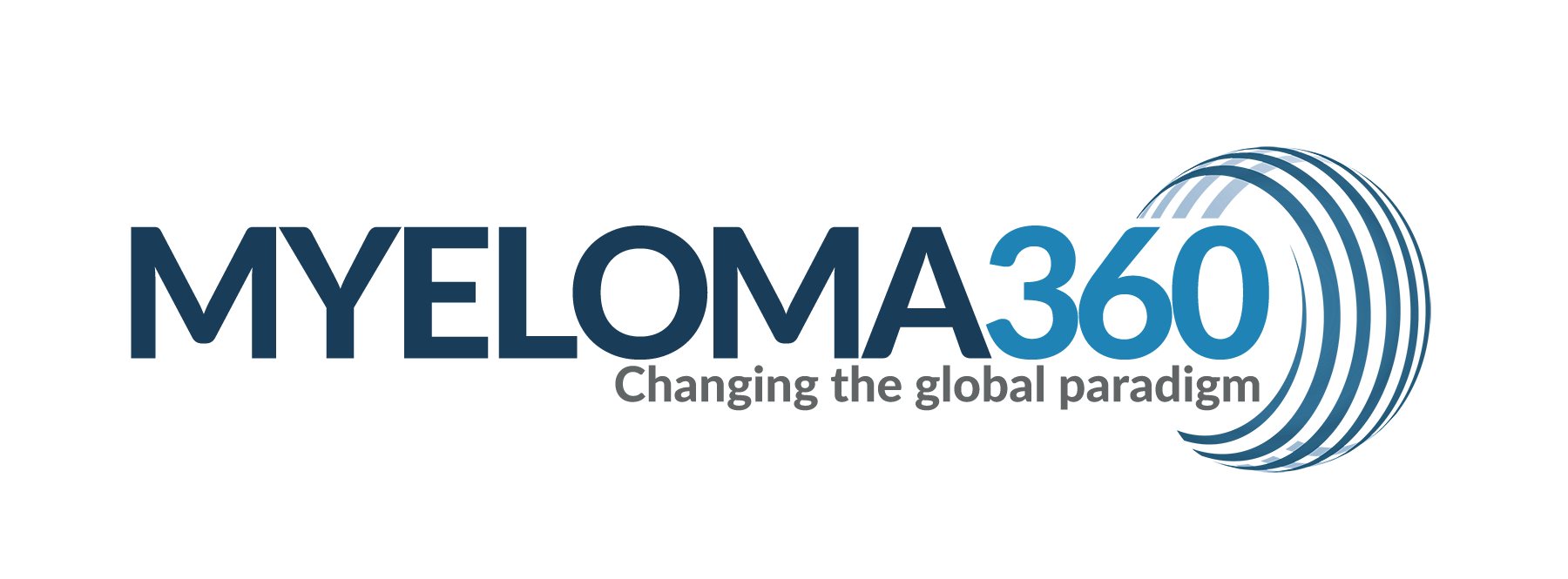FASEB J. 2022 May;36 Suppl 1. doi: 10.1096/fasebj.2022.36.S1.R6057.
ABSTRACT
Multiple myeloma (MM) is the second most common hematological cancer and remains incurable due to inevitable drug resistance. One contribution to drug resistance stems from the protective bone marrow (BM) microenvironment. MM cells undergo a substantial change in transcription program in the presence of bone marrow stromal cells (BMSCs) and develop de novo drug resistance. The de novo drug resistance occurs rapidly and is reversible, supporting a contribution from epigenetic mechanisms. However, as a critical component in transcriptional regulation, how chromatin landscape is transformed in MM and regulates transcriptional response to BMSCs remains elusive. To this end, we generated genome-wide profiles for gene expression (transcriptome) and chromatin accessibility (regulome) of MM cells in a transwell coculture system, where some of the MM cells coexisted with BMSCs in the lower chamber and others resided in the upper transwell. The transcriptomes of the two populations of MM cells were similar but distinctive from those in monoculture. Genes increased in transcription were enriched IL6/JAK/STAT3 signaling pathway, unfolded protein stress, signatures of early plasma cells, and genes responsive to treatments of proteasome inhibitors. Similar to gene expression, the difference in regulomes was unremarkable between MM cells in the transwell and those in the lower chamber but both were substantially different from the monoculture. Chromatin accessibility increased at enhancers of genes linked to the promotion of de novo drug resistance and featured as unfavorable prognostic markers in MM. Lastly, integrative analysis with public ChIP-seq data sets identified candidate transcription factors that contributed to the BMSC-induced transformation of transcriptome and regulome of MM cells and are prominent targets for future studies.
PMID:35555414 | DOI:10.1096/fasebj.2022.36.S1.R6057
